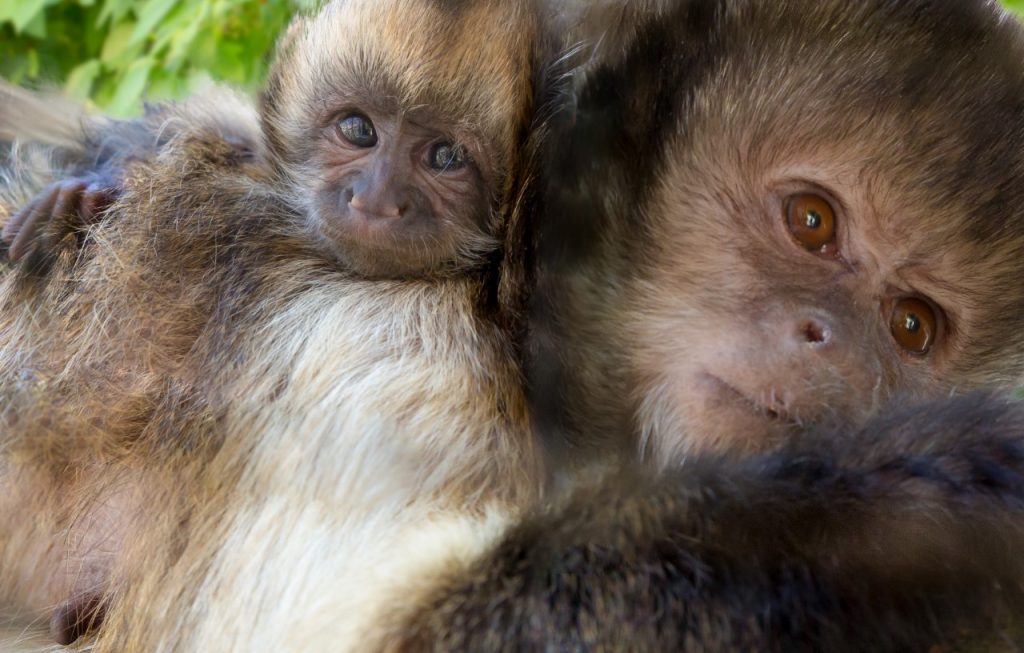Comparison of three microbiome preservation methods within managed southern white rhinoceros (Ceratotherium simum simum)
Citation
Burnham CM, Minter LJ, Ange-van Heugten K, and Trivedi S. 2021. Comparison of three microbiome preservation methods within managed southern white rhinoceros (Ceratotherium simum simum). In Brooks M, Koutsos E, and Henry B Eds. Proceedings of the Fourteenth Conference on Zoo and Wildlife Nutrition, Zoo and Wildlife Nutrition Foundation and AZA Nutrition Advisory Group, Virtual.
Abstract
Due to the uncertain future of southern white rhinoceros (Ceratotherium simum simum) in the wild, it is critical that reproductively healthy assurance populations be maintained in human care. Reproductive outcomes in managed southern white rhinoceros may be mediated in part by their diet and gut microbiota. While immediate freezing at -80°C is the ideal method of preserving samples for microbiome research, it is impractical for conservation fieldwork and resource-intensive for zoological institutions. The main objective of this research was to examine the efficacy of three different fecal preservation methods for microbiome studies in managed southern white rhinoceros. Fecal samples were collected from the reproductively successful southern white rhinoceros’ population at the North Carolina Zoo (n = 10) within 20 minutes of deposition. The daily diet of these rhinoceros included one bale of timothy hay and three pounds of Mazuri® Wild Herbivore High Fiber diet per animal. Limited quantities of timothy hay cubes and pellets, orchard grass hay, and alfalfa hay were supplemented during training and enrichment sessions.
 08_Burnham.pdf 173 KB
08_Burnham.pdf 173 KB








